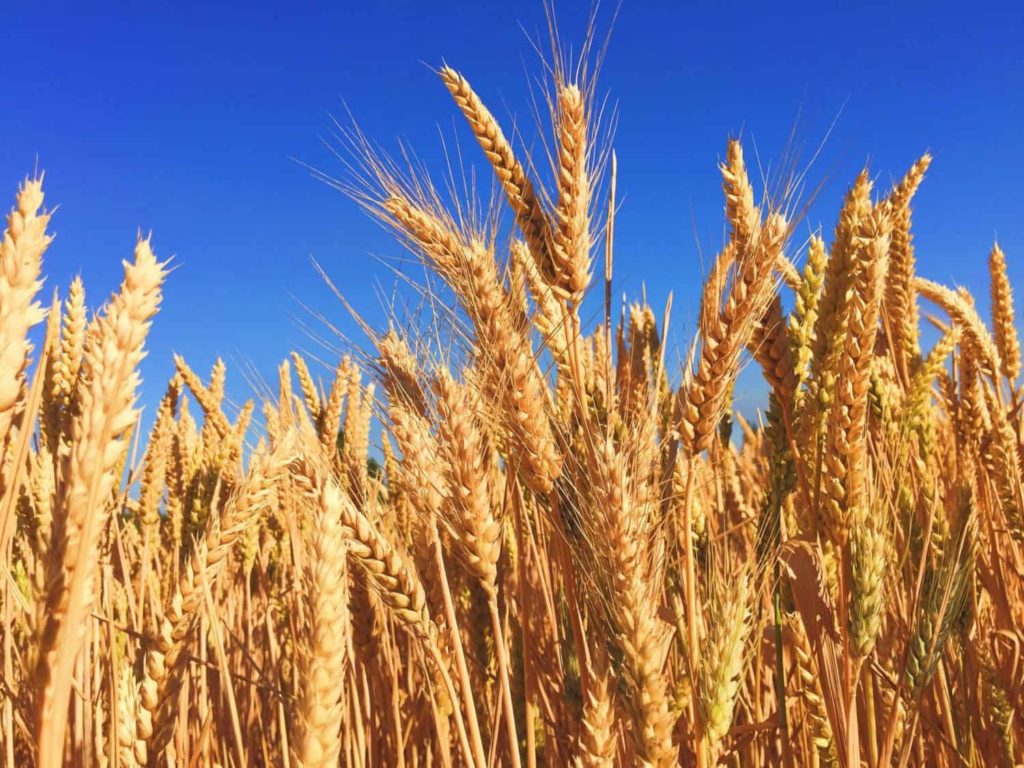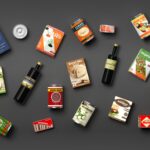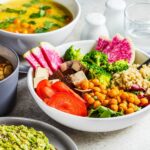Why should I get my product Non-GMO Project Verified?
Non-GMO Project Verified is the fastest growing label in the natural products industry, representing $25 billion in annual sales and more than 50,000 verified products. Among consumers today, the Non-GMO Project (NGP) Verified seal is the most trusted sign that a product comes from best practices for GMO avoidance. Also, market research has shown that a growing number of consumers are specifically searching for products carrying the NGP label and that products with the label see measurable increases in sales.
How much will it cost to get Non-GMO Project Verified?
Costs can vary considerably depending on how many products you are enrolling and how many manufacturing facilities must be inspected related to your products. In addition, complex products with many ingredients including multiple high GMO-risk ingredients (i.e, ingredients likely to be genetically engineered), the costs could run substantially higher. In order to fairly charge each company for the amount of work a given product verification will require, our cost model is based on a complex range of factors.
How long will it take to get verified?
The process can take a month or less for low GMO-risk products to longer for high-risk products, depending on the attributes of the product and how quickly you can submit the required documentation for evaluation. For more detail about the basic steps in our verification process, please review our overview of the verification process.
When and where can I use the Non-GMO Project Verified seal?
The Non-GMO Project will send you the graphics art files for the Non-GMO Project Verified seal as soon as 1) Your product completes the verification process, and 2) You have signed the Non-GMO Project Licensing Agreement, which outlines proper use of the Project’s name, logo, and verification mark. The Non-GMO Project Verified label is trademarked in the United States and Canada and can be used within those markets only.
Does becoming Non-GMO Project Verified require testing of every finished product?
Since the testing of finished products is not a reliably accurate measure of GMO presence, the Non-GMO Project Standard requires testing of individual ingredients, not products. Ongoing testing is required for all major GMO-risk ingredients (a list of high GMO-risk ingredients can be found in Appendix B of the Non-GMO Project Standard). The Non-GMO Project Verification process is designed to employ testing as a best practice at the most efficient point in the production chain. Typically, this is where ingredients are least processed and consolidated in the largest amounts, for example, during initial processing. From there, traceability and segregation ensure that the tested ingredient maintains its purity.
Where can I find a list of already verified ingredients?
You can search for Verified products and ingredients on the Project’s product search page. Browse by product category, brand name, or product name. To find Non-GMO Project Verified ingredients such as honey or corn starch, use the product name search function to identify the desired ingredient by its name (e.g., “honey” or “corn starch”). Also use the product category search function and choose “wholesale ingredients,” the last category on the page.
Why should I enroll in the Non-GMO Project if my products are already USDA Certified Organic?
While the National Organic Program (NOP) identifies genetic modification as an excluded method, GMOs are not listed as a prohibited substance. This means that although GMO seeds are not supposed to be planted and GMO ingredients are not supposed to be used, no testing is required to show whether any GMO cross-pollination or contamination has occurred. These rules were established at a time when GMOs were in limited production and neither cross-pollination nor contamination was a significant risk.
Unfortunately, that is no longer the case. Genetically modified varieties now make up the majority of key commodity crops in North America such as corn, soy, cotton and canola. As such, cross-pollination from GMO crops and GMO contamination of non-GMO seeds, ingredients, and products is a real risk, even for certified organic products. The good news is that the NOP has excellent guidelines for traceability and segregation, and the Non-GMO Project is designed to honor the work that certified organic companies are already doing, with the added measure of testing risk ingredients at critical control points.
My company already has a non-GMO program, so why participate in the Non-GMO Project?
There are two important reasons. First, Non-GMO Project Verification offers transparency to your customers about your GMO avoidance practices. By enrolling with the Project, you gain the outreach and educational support of the Project and the thousands of retailers who support and endorse it. Retailers and consumers are looking for the assurance of independent, third-party validation of product claims – and when it comes to GMOs, the Non-GMO Project seal gives consumers the most trusted alternatives to GMO food and products available today.
The second reason is that maintaining a supply of non-GMO ingredients in the face of growing contamination risk takes coordinated, cooperative efforts. The Non-GMO Project’s uniform, industry-wide Standard and product verification program create essential efficiency for an industry where sharing of co-packers and ingredient suppliers is common. By engaging a critical mass of companies, from seed growers to manufacturers, the Project achieves the economy of scale that makes long-term non-GMO sourcing possible.
What if my product contains animal products such as meat, eggs, dairy, or honey?
Animal products are considered high GMO-risk ingredients, primarily because of GMOs in the animal feed. If animal feed contains high GMO-risk ingredients such as corn or soy in major amounts, testing is required to show that those ingredients meet the requirements of the Non-GMO Project Standard. Feed does not need to be Non-GMO Project Verified as long as it meets those testing requirements (though if it is verified, that certainly speeds up the verification process).









